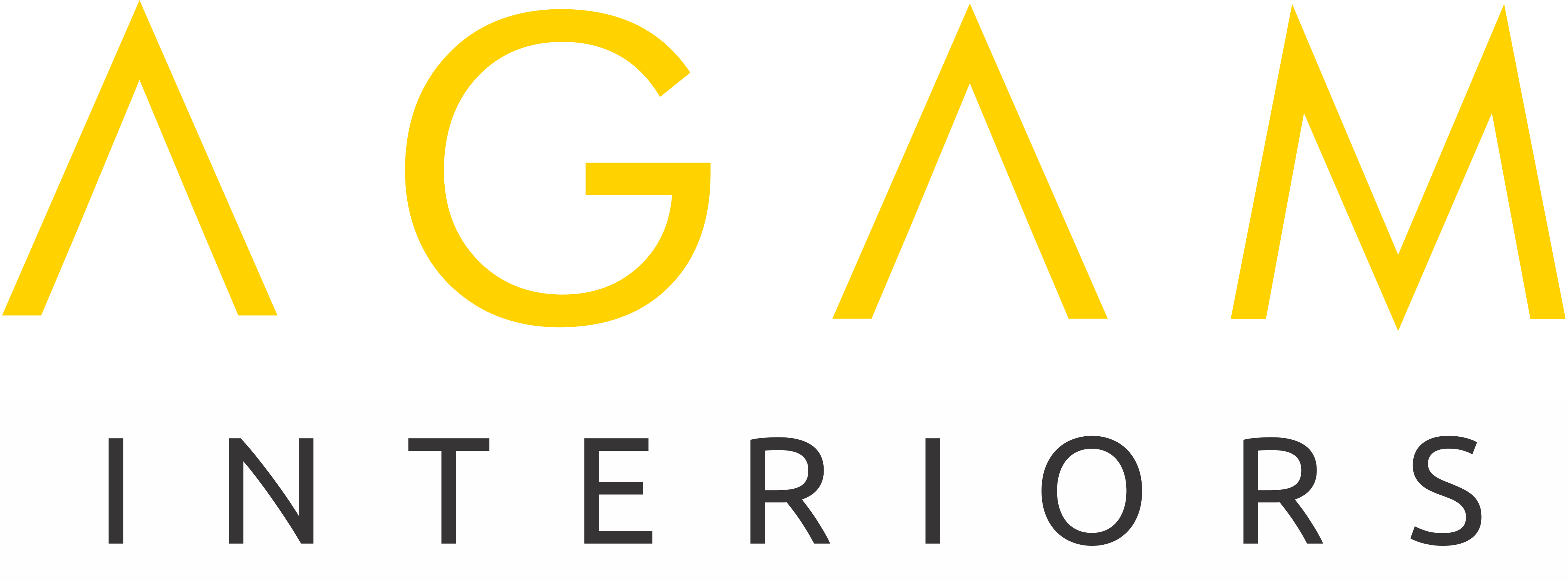What are the disadvantages of gypsum board?
Certainly! While gypsum boards have several advantages, there are a few disadvantages to consider:
- Repair Challenges: If any damage occurs, repairing gypsum board ceilings can be tricky. Often, you’ll need to break down the entire ceiling to fix the issue.
- Cracks: Over time, joints in gypsum boards may develop cracks due to slight movement or other factors.
Despite these drawbacks, gypsum boards remain a popular choice for false ceilings due to their ease of installation and smooth finish.
Which false ceiling is best Grid or gypsum?
Both grid ceilings and gypsum board ceilings have their own advantages, and the choice depends on your specific requirements:
- Grid Ceilings (Suspended Ceilings):
- Pros:
- Versatility: Grid ceilings allow for easy installation of various ceiling tiles, including acoustic panels, mineral fiber tiles, or even decorative options.
- Accessibility: They provide access to utilities (wiring, plumbing, etc.) hidden above the ceiling.
- Aesthetics: Grid ceilings can create a uniform, neat appearance.
- Cons:
- Limited Design Options: While versatile, grid ceilings may not offer as many design possibilities as gypsum boards.
- Visible Grid Lines: The metal grid lines are visible, which may not suit all aesthetics.
- Pros:
- Gypsum Board Ceilings:
- Pros:
- Smooth Finish: Gypsum boards provide a seamless, smooth surface.
- Quick Installation: Prefabricated gypsum boards are easy to install.
- Clean Method: Installation generates less dust.
- Cons:
- Repair Challenges: Repairs can be difficult, often requiring breaking down the entire ceiling.
- Cracks: Joints may develop cracks over time.
- Pros:
In summary, if you prioritize aesthetics and a smooth finish, gypsum boards are a good choice. If you need flexibility in tile options and utility access, grid ceilings might be better.
What is the life of gypsum board false ceiling?
The lifespan of a gypsum false ceiling depends on various factors, including installation quality, maintenance, and environmental conditions. However, here are some general guidelines:
- Quality Installation: A well-installed gypsum ceiling can last anywhere from 10 to 15 years or more. Proper installation ensures durability and minimizes issues like sagging or cracks.
- Maintenance: Regular maintenance, such as cleaning and addressing minor repairs promptly, can extend the lifespan. Avoid excessive moisture exposure, as gypsum is sensitive to water.
- Environmental Factors: The climate and humidity levels in your area play a role. High humidity can affect gypsum boards over time.
Remember that individual experiences may vary, but with proper care, gypsum false ceilings can serve you well for a decade or more.
Is gypsum board waterproof?
Gypsum board is not inherently waterproof. It is a porous material and can absorb moisture, which may lead to swelling, sagging, or deterioration. If you need a waterproof ceiling, consider using other materials or adding a waterproof coating to the gypsum board
Is gypsum board false ceiling expensive?
The cost of a gypsum board false ceiling varies based on factors such as location, quality, and design complexity. Generally, gypsum board ceilings are affordable compared to other options like wooden or decorative ceilings. However, for precise pricing, it’s best to consult local contractors or suppliers.
What is the main issue for gypsum board ceilings?
The main issues associated with gypsum board ceilings include:
- Moisture Sensitivity: Gypsum boards are porous and can absorb moisture. Excessive humidity or water exposure may lead to swelling, sagging, or deterioration.
- Cracking: Over time, joints in gypsum boards may develop cracks due to slight movement or other factors.
- Repair Challenges: If damage occurs, repairing gypsum board ceilings can be difficult, often requiring breaking down the entire ceiling.
Despite these challenges, proper installation and maintenance can help mitigate these issues and ensure the longevity of gypsum board false ceilings.
What are the health side effects of gypsum board false ceiling?
Gypsum board, commonly known as plasterboard or drywall, has several advantages, but it’s essential to consider potential health effects:
- Irritation: If handled improperly, gypsum can cause irritation to the skin, eyes, mucous membranes, and the upper respiratory system. Symptoms may include nosebleeds, coughing, sneezing, and rhinorrhea (discharge of thin mucus)1.
- Ingestion: Gypsum is not dangerous when ingested, and there are no known long-term adverse medical effects. However, it’s advisable to wear personal protective equipment (safety glasses, gloves, and a dust mask) during drywall installation to minimize exposure to gypsum and silica dust2.
Remember to follow safety precautions when working with gypsum board to minimize any potential risks.
Is gypsum board false ceiling termite proof?
Gypsum board used for false ceilings is indeed termite-resistant. Its composition allows it to easily resist termite attacks and prevent mold formation within the panel. Additionally, gypsum boards are commonly used in office interiors as partition walls and false ceilings due to their hydrophobic properties1
Does gypsum board need plastering?
A gypsum board false ceiling doesn’t require plastering. These ceilings are made from gypsum plasterboards that are factory-manufactured and ready-to-install. They’re affixed to metal sheets with screws, making installation quick and clean. Since they come in large sheets, there are fewer joints, and the process leaves no dust12. However, keep in mind that repairs might involve breaking down the ceiling, and over time, joints may show signs of cracks1. If you’re looking for a cost-effective, sturdy, and durable option, gypsum false ceilings are a great choice!
Can gypsum board be used for partition?
Certainly! Gypsum board, also known as drywall or plasterboard, is commonly used for partitions. These boards consist of a gypsum plaster core sandwiched between layers of paper, creating sturdy and fire-resistant panels. They’re ideal for creating interior walls and partitions in residential, institutional, and commercial structures12. If you’re planning a partition project, gypsum boards are a reliable choice!
What are the 4 types of gypsum board?
Certainly! There are several types of gypsum board, each with specific features and uses. Let’s explore four common ones:
- Regular Drywall (White Board): This is the most common type used in homes. It’s suitable for most rooms, including bedrooms, living rooms, and hallways. Regular drywall is not mold-resistant but is affordable and comes in various thicknesses1.
- Greenboard Drywall (Moisture-Resistant): Ideal for bathrooms and kitchens, greenboard has a green covering that makes it more water-resistant than regular drywall. It’s commonly used as a tile backer in limited wet areas1.
- Blue Board Drywall (Plaster Backing): Designed for veneer plaster finishes, blue board has a special paper surface that enhances plaster adhesion. It’s commonly used in areas where plaster is applied1.
- Paperless Drywall: Also known as fiberglass-covered drywall, this type eliminates the paper layer, making it resistant to mold and moisture. It’s suitable for high-humidity areas1.
Remember that each type has its specific purpose, so choose based on your project requirements!
Which is better gypsum board partition or plywood partition?
Both gypsum board partitions and plywood partitions have their advantages and considerations. Let’s explore each:
- Gypsum Board Partition:
- Advantages:
- Fire Resistance: Gypsum boards are inherently fire-resistant, adding safety to spaces.
- Sound Insulation: They excel in reducing noise transmission between rooms.
- Quick Installation: Lightweight and efficient to install.
- Versatile Finishing: Easily textured, painted, or covered with wallpapers for various aesthetics.
- Applications:
- Residential Interiors: Ideal for interior walls in homes, providing a smooth finish for painting and decorating.
- Commercial Spaces: Used in offices and retail stores where quick installation and fire resistance matter.
- False Ceilings: Commonly used for concealing wires and achieving a polished appearance.
- Average Cost: Ranges from Rs. 60 to Rs. 150 per square foot1.
- Advantages:
- Plywood Partition:
- Advantages:
- Ease of Installation: Easiest to install, requiring minimal labor.
- Durability: Won’t easily get punctured or damaged.
- Flexibility and Tensile Strength: Offers more flexibility than drywall.
- Considerations:
- Fire Protection: Provides less fire protection compared to gypsum boards.
- Surface: Has a smooth surface.
- Applications:
- Versatile: Suitable for various interior partition needs.
- Cost: Slightly more expensive than sheetrock2.
- Advantages:
In summary, choose based on your specific project requirements. If fire resistance and sound insulation are critical, gypsum boards are a classic choice. Plywood partitions offer ease of installation and durability but with less fire protection

